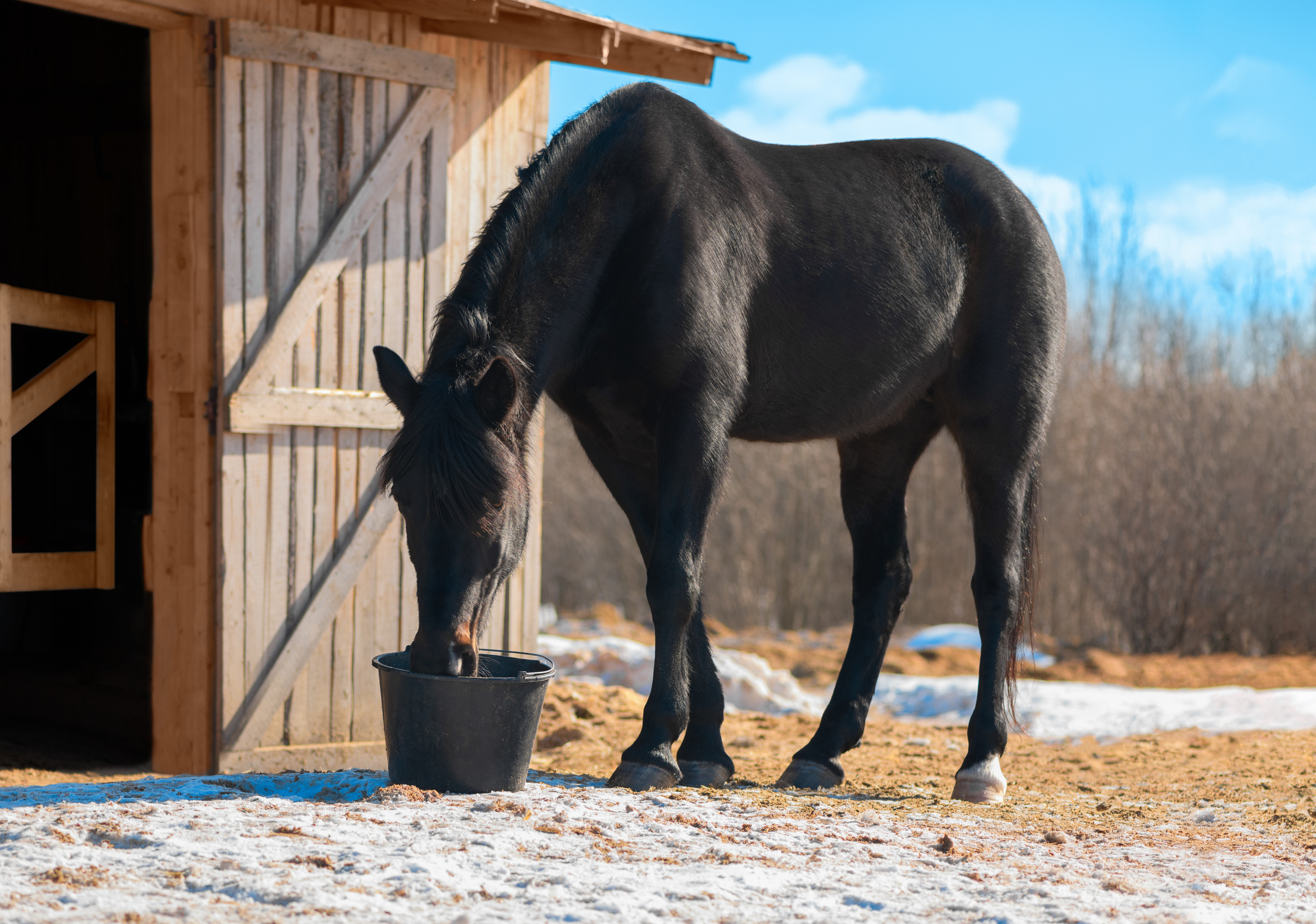The Role of Omega-3 Support in Laminitis Management is a complex and often devastating condition that threatens not only the soundness of the horse but also its overall quality of life. With its origins rooted in structural compromise within the hoof, laminitis can arise from various factors ranging from injury to a limb, excessive weight bearing, and even some medications.
Emerging research suggests that omega-3 fatty acids, such as the ones in the Equine Omega Complete or Equine Omega Vitamin E products, may offer additional benefits in addressing insulin dysregulation and supporting metabolic health in horses including:
Improving Insulin Sensitivity
Improving Hoof Health
Reducing Inflammation
Managing Lipid Metabolism
It is now thought that the majority of laminitic cases, including pasture-associated laminitis, have an endocrine (hormone) cause involving insulin dysregulation (ID). These horses also tend to have additional concerns such as equine metabolic syndrome (EMS) or PPID (Cushing’s) as well as ID. Although not all horses with EMS and PPID develop laminitis, they are at a much higher risk.
In horses, insulin dysregulation is more of an umbrella term that refers to abnormalities in insulin levels or sensitivity, which, therefore, includes insulin resistance.
Insulin resistance occurs when insulin no longer affects the cells as it should. These cells become less responsive to insulin’s effects, so glucose enters the cells more slowly after a meal, leading to high glucose levels left in the blood. This causes more insulin to be produced to try and combat these levels, which compounds the problem.
When prolonged hyperinsulinemia (high blood insulin levels) occurs, the lamella within the feet become stretched and damaged, leading to reduced support for the coffin bone within the hoof capsule. This inflammation is known as laminitis and can result in rotation and even the dropping of the coffin bone which is referred to as founder.
While management strategies should focus on managing IR, EMS, and PPID concerns through diet, exercise, and weight management, emerging research suggests that omega-3 fatty acids, such as the ones in the Equine Omega Complete or Equine Omega Vitamin E products, may offer additional benefits in addressing insulin dysregulation and supporting metabolic health in horses.
Although some owners may be concerned with including additional fats into the diets of these horses, the amount used is generally not significant enough to greatly impact on the overall calorie profile of the diet. Marine sources of Omega 3 provide eicosapentaenoic acid (EPA) and docosahexaenoic acid (DHA) which are more available to the horse meaning that smaller amounts can still provide optimal benefits.
Improving Insulin Sensitivity
Omega-3 fatty acids, particularly EPA and DHA, have been shown to enhance insulin sensitivity in both humans and animals, potentially by regulating inflammation and improving cellular membrane function. By promoting insulin sensitivity, omega-3 fatty acids may help mitigate the effects of insulin resistance and improve glucose metabolism in horses with insulin dysregulation.
Improving Hoof Health
Research suggests that DHA and EPA play important roles in maintaining the integrity of the hoof structure and supporting healthy hoof growth. By enhancing hoof quality, omega-3 fatty acids may certainly aid in the recovery process for those already affected by the condition and those needing improved hoof quality.
Reducing Inflammation
Although little inflammation is not the cause of endocrinopathic laminitis, it can be a greater part of other types of laminitis, contributing to the breakdown of the laminae and subsequent tissue damage. EPA and DHA, help shift the balance towards anti-inflammatory routes, reducing the overall inflammatory response within the hoof and surrounding tissues.
Chronic low-grade inflammation is commonly recognized as a contributing factor to metabolic dysfunction and is often a concern in horses with PPID. By reducing systemic inflammation, omega-3 fatty acids may help alleviate the inflammatory burden, improving overall health.
Managing Lipid Metabolism
Dyslipidemia (abnormal lipid profiles) is often observed in horses with insulin dysregulation and metabolic disorders. Lipids include fats and hormones and act as energy storage components and chemical messengers. High levels of circulating lipids can put horses at risk of other concerns, such as liver dysfunction. Omega-3 fatty acids may influence lipid metabolism, which may help normalize lipid profiles and reduce the risk of lipid-related complications.
Incorporating omega-3 fatty acids into the equine diet should always be done alongside other management practices, but in doing so it allows horse owners to take proactive steps towards optimizing their horses’ metabolic health and well-being.
As always, it is recommended that you consult with a veterinarian or equine nutritionist to develop a comprehensive plan tailored to the individual needs of the horse, especially those with severe conditions.
Questions? 855-366-8822 or kathleen@o3animalhealth.com
To Order: https://o3animalhealth.com/shop



